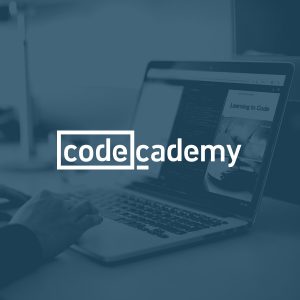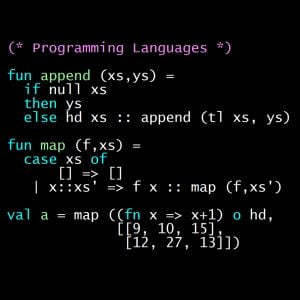
Part I of the course The Practice of Enterprise Architecture provides a general introduction to the concept of enterprise architecture and other relevant topics. This part discusses the meaning of enterprise architecture, the place and role of enterprise architecture in the overall organizational context, key constituting elements and core mechanisms of an EA practice as well as the business value and benefits of using enterprise architecture in organizations.
Part I consists of seven consecutive sections:
Section 1 (Introduction) discusses the role of IT in modern organizations, explains the problem of business and IT alignment and introduces the notion of enterprise architecture as a potential solution to this problem
Section 2 (The Concept of Enterprise Architecture) explains the general meaning of enterprise architecture, EA practice and EA artifacts as well as the role of architects and architecture functions in organizations
Section 3 (The Role of Enterprise Architecture Practice) discusses the need for enterprise architecture, the benefits of practicing enterprise architecture, the historical origin of modern EA best practices and clarifies what enterprise architecture practice is not
Section 4 (Enterprise Architecture and City Planning) explains the key mechanisms of an EA practice and six essential types of EA artifacts based on the close analogy between enterprise architecture and city planning practices
Instructor Details
Courses : 1
Specification: The Practice of Enterprise Architecture (Part I)
|
4 reviews for The Practice of Enterprise Architecture (Part I)
Add a review Cancel reply
This site uses Akismet to reduce spam. Learn how your comment data is processed.

| Price | $11.99 |
|---|---|
| Provider | |
| Duration | 7.5 hours |
| Year | 2019 |
| Level | Intermediate |
| Language | English |
| Certificate | Yes |
| Quizzes | Yes |

$79.99 $11.99






Jean Bernard Mathias –
pragmatic methods
Temitope Ayokunle –
Well structured training, would be nice to have the slides and other supporting documents
Abdenbi Benammour –
This course is very interesting. It contains a lot of knowledge and offers an interesting model (CSVLOD). Nevertheless, it has some weaknesses such as: The author has an extreme position on EA methodologies considering that they have all failed. I think it is too extreme as a judgement, I used TOGAF (for example) and for me, this methodology brings a lot of value in the context (at least) of large companies. The slides of the first lessons contain a lot of information. in parallel, the trainer has a rich speech but it is difficult to follow his speech in relation to the content of the slides.
Patrick Thapelo Masithela –
Good introduction and context provided for the topic to be covered.